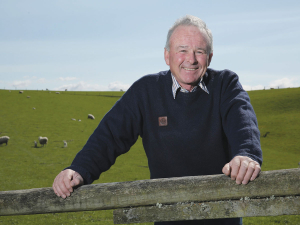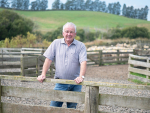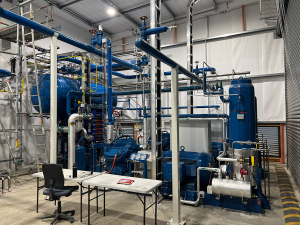Southland is one of the first regions to roll out new freshwater farm plan regulations.
The regulations, introduced by the Government as part of the Essential Freshwater package in 2020, were finalised and made public last week.
In Southland, the regulations will apply first to the Aparima, Fiordland and the Islands freshwater catchments, and farmers in those areas will have 18 months from 1 August to develop a plan and submit it for certification.
Environment Southland chairman Nicol Horrell says farm planning is an integral part of any farming business and Southland farmers have been developing farm plans for many years.
“We have been supporting farmers to implement good practices and develop farm plans to document action and improvements on-far,” Horrell says. “Farm plans already form an important part of the proposed Southland Water and Land Plan.”
He says that the national regulations are designed to ensure that freshwater farm plans are tailored to issues on-farm, and to their catchment.
“They are not to be one-size-fits-all. In Southland on-farm actions need to be tailored to the farm’s unique environment and our goals for achieving Southland’s freshwater outcomes,” Horrell says.
Late last year, Environment Southland, with Te Ao Marama Inc, agribusiness consultants, and industry bodies tested the proposed elements of the farm plan framework with landowners in the Ōpouriki and Pourakino catchments.
The pilot was also seen as an opportunity to test how the national regulations would work with the proposed Southland Water and Land Plan rules in the Southland context.
“The pilot was an important opportunity for the region to provide input to try and make the Freshwater Farm Plan framework as efficient as possible, and we’re pleased that our feedback was incorporated into the regulations that have been finalised.”
Environment Southland’s feedback identified a need for longer timeframes between the development of the farm plan, certification, and auditing; longer timeframes for training and appointing certifiers and auditors; and the need to develop a thorough catchment context by Council.
Freshwater Farm Plans will be required for any farming operation with 20ha or more in arable or pastoral use, 5ha or more in horticultural use or any combination equalling more than 20ha.
The remaining freshwater catchments will be phased, every six months after the initial tranche in August.
Environment Southland says its focus is on confirming the appointment of qualified certifiers and auditors and developing the local catchment context information, in partnership with Te Ao Mārama Inc.
There are differences between the national regulations and our own farm plan rules, however, the extent of these differences is unknown with the proposed plan still before the Environment Court.











